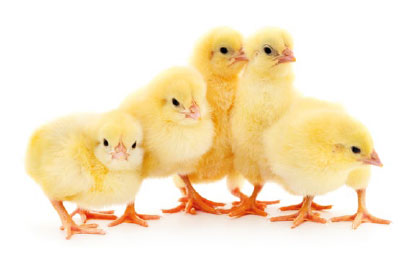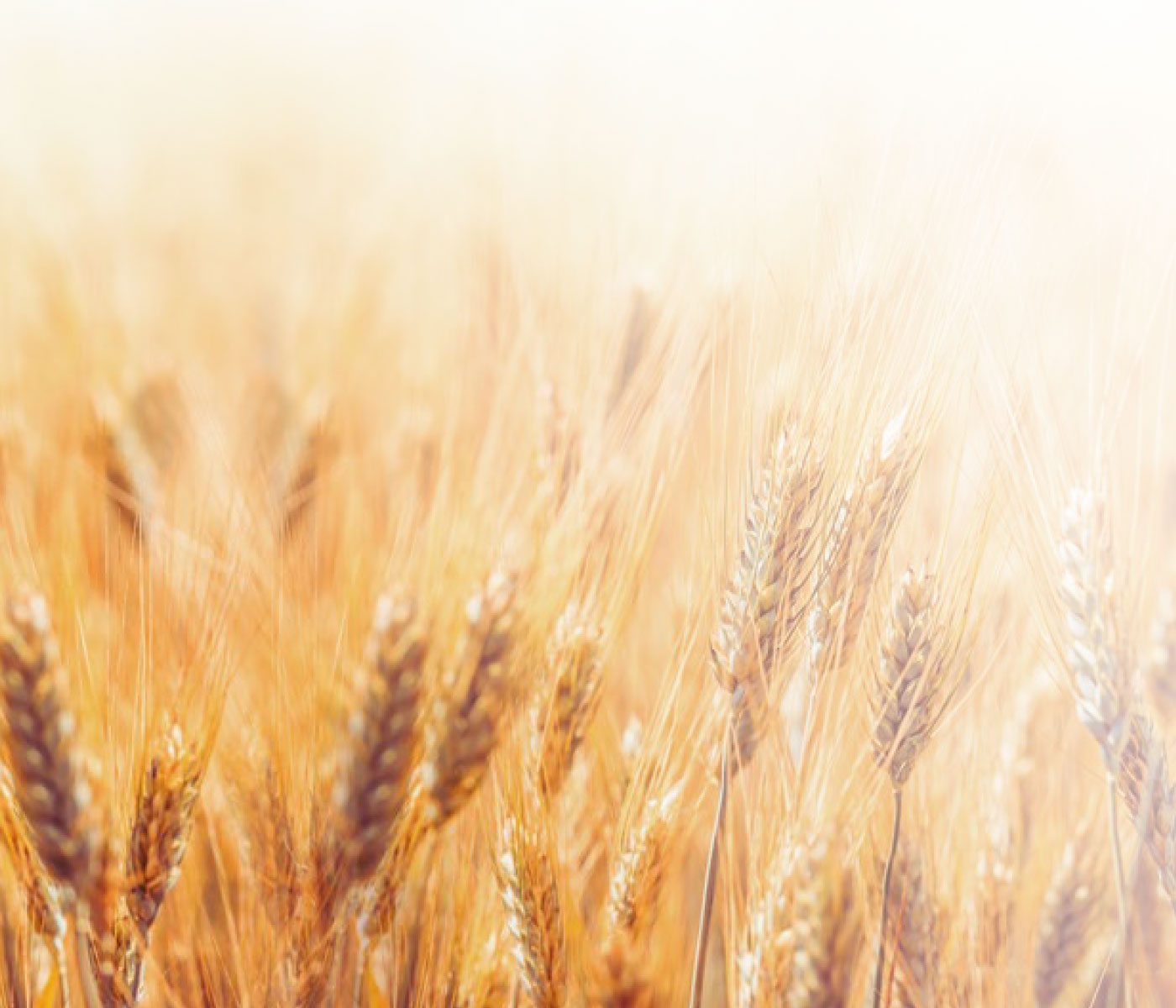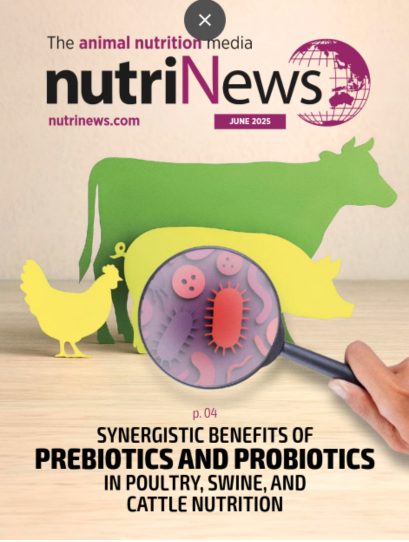
The use of whole wheat as a supplement to commercial feed is not a new concept. In fact, it has been a common practice in Northern Europe for more than 30 years (Forbes and Covasa, 1995; Engberg et al., 2004). Unpigmented compound feed for meat chickens contains approximately 50-60% wheat.
![]() Milling and granulation together with transport represent a high energy cost to manufacture one tonne of feed.
Milling and granulation together with transport represent a high energy cost to manufacture one tonne of feed.
![]() Hence, the high use of whole wheat in countries like Denmark where farmers grow the cereal and at the same time are dedicated to raising chickens.
Hence, the high use of whole wheat in countries like Denmark where farmers grow the cereal and at the same time are dedicated to raising chickens.
![]() In Spain, the main reason for the introduction of whole wheat in feed was to control the problem of wet beds, due to its effects on intestinal health and the functioning of the gastrointestinal tract (GIT) (Ravindran et al., 2006; Husveth et al., 2015).
In Spain, the main reason for the introduction of whole wheat in feed was to control the problem of wet beds, due to its effects on intestinal health and the functioning of the gastrointestinal tract (GIT) (Ravindran et al., 2006; Husveth et al., 2015).
The inclusion of whole wheat improves the functioning of the gizzard and reduces the incidence of proventriculitis so, despite the high cost, its use at a practical level increases.
Recent data on the benefit of whole wheat on economic performance is contradictory.
![]() To ensure success, feeding based on the inclusion of whole wheat should be started no earlier than 7 days of age with levels below 5-8%.
To ensure success, feeding based on the inclusion of whole wheat should be started no earlier than 7 days of age with levels below 5-8%.
![]() In the finishing phase, levels around 4-5% are recommended, taking into account the possible problems in the slaughterhouse (contamination of the carcass and hours of fasting).
In the finishing phase, levels around 4-5% are recommended, taking into account the possible problems in the slaughterhouse (contamination of the carcass and hours of fasting).
WHOLE WHEAT AND DIGESTIVE PHYSIOLOGY ![]()
![]() In recent years, as a result of the ban on the use of antibiotics as preventives in the EU, the use of whole wheat has been extended to reduce the problem of wet litter and its impact on carcass quality.
In recent years, as a result of the ban on the use of antibiotics as preventives in the EU, the use of whole wheat has been extended to reduce the problem of wet litter and its impact on carcass quality.
In this particular, it has been shown that coarse grinding facilitates the functioning of the digestive system, with an improvement in the health status of the GIT of birds (Jiménez-Moreno et al., 2019).

![]() To understand that whole wheat, at the physiological level, corresponds to the use of very coarse milling and therefore the physiological mechanisms that explain its activity are similar.
To understand that whole wheat, at the physiological level, corresponds to the use of very coarse milling and therefore the physiological mechanisms that explain its activity are similar.
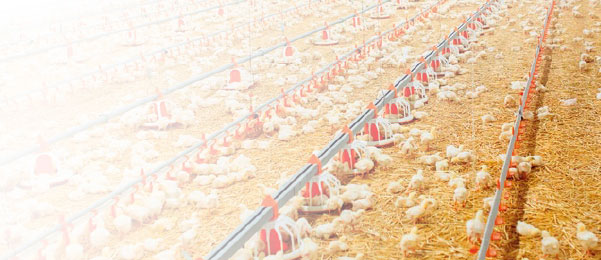
![]() BENEFICIAL EFFECTS
BENEFICIAL EFFECTS
The beneficial effects of coarse milling of ingredients (and therefore whole wheat) are related to improvements in the functioning of GIT and in particular gizzard, where it improves its function with an increase in size and a reduction in pH. This in turn benefits the activity of pepsin and enzymes.

![]() A functional gizzard increases the intensity of antiperistaltic movements, improving wall motility and digestive mucosal integrity (Svihus et al., 2004, 2010; Mateos et al., 2012; Jiménez Moreno et al., 2019).
A functional gizzard increases the intensity of antiperistaltic movements, improving wall motility and digestive mucosal integrity (Svihus et al., 2004, 2010; Mateos et al., 2012; Jiménez Moreno et al., 2019).
![]() Therefore, the positive effect of whole wheat will be greater when there are digestive problems.
Therefore, the positive effect of whole wheat will be greater when there are digestive problems.
Recent work shows that the inclusion of whole wheat has an influence on the control and prevention of certain pathogenic processes and microorganisms such as Salmonella, Clostridium and ultimately coccidiosis. In fact, Engberg et al. 2 (2004) observed that the use of whole wheat reduced the number of enterobacteriaceae and Clostridium perfringens in broilers.
USE OF WHOLE WHEAT ![]()
Methods
There are several criteria for using whole wheat in feed:
A The most bold approach includes whole wheat at moderate to high levels (10 to 20 % in withdrawal feed) to replace commercial feed.
![]() The great advantage of this strategy is the reduction of costs per tonne of feed and and increase in factory production capacity.
The great advantage of this strategy is the reduction of costs per tonne of feed and and increase in factory production capacity.
![]() The major drawback is that dilution (top dressing) modifies the nutritional profile of feed. This can be problematic when high levels of whole wheat are used in commercial feed with low safety margins.
The major drawback is that dilution (top dressing) modifies the nutritional profile of feed. This can be problematic when high levels of whole wheat are used in commercial feed with low safety margins.
![]() The inclusion of high whole wheat levels over long periods of the bird’s life, increases the risk of having a higher incidence of subclinical coccidiosis. Resulting from the reduction of coccidiostat doses below recommended levels.
The inclusion of high whole wheat levels over long periods of the bird’s life, increases the risk of having a higher incidence of subclinical coccidiosis. Resulting from the reduction of coccidiostat doses below recommended levels.
BA second criterion and probably the most implemented on the field, is replacing part of the wheat used in conventional diets (incorporated into the pellet or flour where appropriate) with whole wheat.
![]() In this case, the nutritional value of feed is not diluted. However, economic savings are limited to lower energy costs in its manufacturing process(grinding and granulation).
In this case, the nutritional value of feed is not diluted. However, economic savings are limited to lower energy costs in its manufacturing process(grinding and granulation).
![]() In both cases, when adding whole wheat separated from the feed, it must be considered that the whole wheat does not undergo any heating process. Therefore, there is a latent possibility for microbiological contamination.
In both cases, when adding whole wheat separated from the feed, it must be considered that the whole wheat does not undergo any heating process. Therefore, there is a latent possibility for microbiological contamination.
![]() On the other hand, the inclusion of whole wheat modifies the texture and palatability of feed. This can generate a preference amongst birds either for the compound feed or for the whole grains.
On the other hand, the inclusion of whole wheat modifies the texture and palatability of feed. This can generate a preference amongst birds either for the compound feed or for the whole grains.
This preference can vary from farm to farm, with 2 key factors to consider: chicken age and presentation (mash vs. crumble) and particle size (fine vs. coarse).
![]()
It is worth keeping in mind that the young chick (6 to 8 d of life):
![]() Tends to reject whole wheat intake, as the size of the grain does not adapt to the size of the beak.
Tends to reject whole wheat intake, as the size of the grain does not adapt to the size of the beak.
![]() Wheat stays longer in the gizzard than flour and tends to accumulate in this organ. Therefore, birds tend to reduce their feed intake as they feel satiated.
Wheat stays longer in the gizzard than flour and tends to accumulate in this organ. Therefore, birds tend to reduce their feed intake as they feel satiated.
The presence of excess wheat within the gizzard also slows down the passage rate of whole wheat.
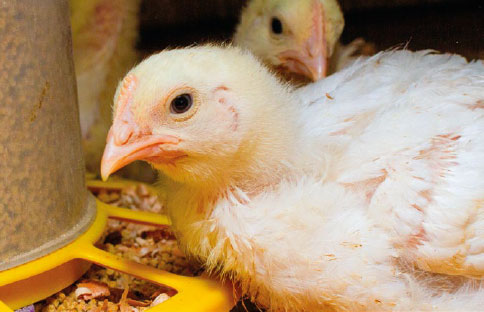
To avoid problems with full digestive systems and possible contamination in the processing plant due to the use of whole wheat, the withdrawal time of the poultry feed before transport must be considered.
CA third system for including whole wheat in the feed is to add it in a mixer along with the rest of the ingredients already ground to make the compound feed.
![]() Once mixed, it is passed through the granulator, obtaining a granule of medium quality (the whole grain impairs the quality of the granule, but the wheat “per se” tends to improve it).
Once mixed, it is passed through the granulator, obtaining a granule of medium quality (the whole grain impairs the quality of the granule, but the wheat “per se” tends to improve it).
![]() The biggest drawback of this system is that the savings in the cost of manufacturing the feed is minimal, but against the needs of the bird is better respected.
The biggest drawback of this system is that the savings in the cost of manufacturing the feed is minimal, but against the needs of the bird is better respected.
![]() Therefore, the effects of the inclusion of whole wheat in the chicken feeding programme admit numerous variants, which depending on the type of farm and management, can lead to contradictory results.
Therefore, the effects of the inclusion of whole wheat in the chicken feeding programme admit numerous variants, which depending on the type of farm and management, can lead to contradictory results.
![]() In this particular, the effects are usually less advantageous and even harmful in relation to feed consumption, when wheat is offered to free choice, there is no sequential phase of learning prior to consumption with changes in the texture of the food offered and in palatability and lack of any nutrient in the case of adding wheat to higher.
In this particular, the effects are usually less advantageous and even harmful in relation to feed consumption, when wheat is offered to free choice, there is no sequential phase of learning prior to consumption with changes in the texture of the food offered and in palatability and lack of any nutrient in the case of adding wheat to higher.
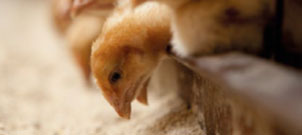
RESEARCH ![]()
Inclusion of whole wheat in 3 levels
In a recent work carried out by our group at the Polytechnic University of Madrid, we have studied the effect of the inclusion of whole wheat at 3 levels (control without added wheat and experimental with 3% wheat from 0 to 14 d and then 7.5 or 15% from 14 to 40 d age depending on the treatment) in Cobb 500 chickens fed with feed with two levels of nutrients (medium and high).
![]() The average levels corresponded to typical feed used in Spain at that time (2,900 to 3,100 Kcal/kg and 1.22 to 0.97% Lys dig., depending on age)
The average levels corresponded to typical feed used in Spain at that time (2,900 to 3,100 Kcal/kg and 1.22 to 0.97% Lys dig., depending on age)
![]() While the high levels correspond to feed with 100 Kcal EMAn/kg and 5% extra digestible Lys in each of the 3 experimental phases (0 to 14 d, 15 to 29 d and 30 d to slaughter with 40 d of age).
While the high levels correspond to feed with 100 Kcal EMAn/kg and 5% extra digestible Lys in each of the 3 experimental phases (0 to 14 d, 15 to 29 d and 30 d to slaughter with 40 d of age).
A total of 540 day-old chicks were used. ![]()
![]() Each treatment was replicated 6 times and the experimental unit was the department with 15 chicks each.
Each treatment was replicated 6 times and the experimental unit was the department with 15 chicks each.
![]() The experiment was completely randomized with 5 treatments factorially ordered with feed quality (high vs. medium nutrient density)
The experiment was completely randomized with 5 treatments factorially ordered with feed quality (high vs. medium nutrient density)
![]() and level of use of whole wheat in direct substitution of commercial granulated feed (control, medium and high) as main effects.
and level of use of whole wheat in direct substitution of commercial granulated feed (control, medium and high) as main effects.
![]() Production data were controlled for each change of feed and data on the development of proventriculus and gizzard at slaughter.
Production data were controlled for each change of feed and data on the development of proventriculus and gizzard at slaughter.
![]() The productive data of 0 to 40 d of age and of development of the gizzard at 40 days age, are detailed in Tables 1 and 2, respectively.
The productive data of 0 to 40 d of age and of development of the gizzard at 40 days age, are detailed in Tables 1 and 2, respectively.
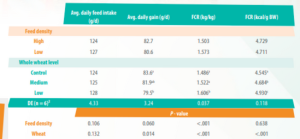
a-cMeans of the same column that do not share a common superscript differ (P < 0.05). 1Initial live weight 46.7 ± 0.80 g.
2 n =18 diet; n = 12 inclusion of wheat. 3Interactions were not significant (P >0.05).
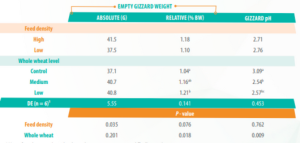
a-bMeans within a column that do not share a common superscript differ (P < 0.05).
1 n = 18 for diet and n = 12 wheat inclusion 2 There were no interactions between the main effects (P > 0.05).
From 0 to 40 d of age the quality of the experimental feed did not affect the average daily consumption (CMD) of the birds (124 vs. 127 g/d) but the chickens that consumed the feed with high nutrient density grew more (82.7 vs. 80.6 g/d) and had a better CI (1.503 vs. 1.573) than the control chickens.
